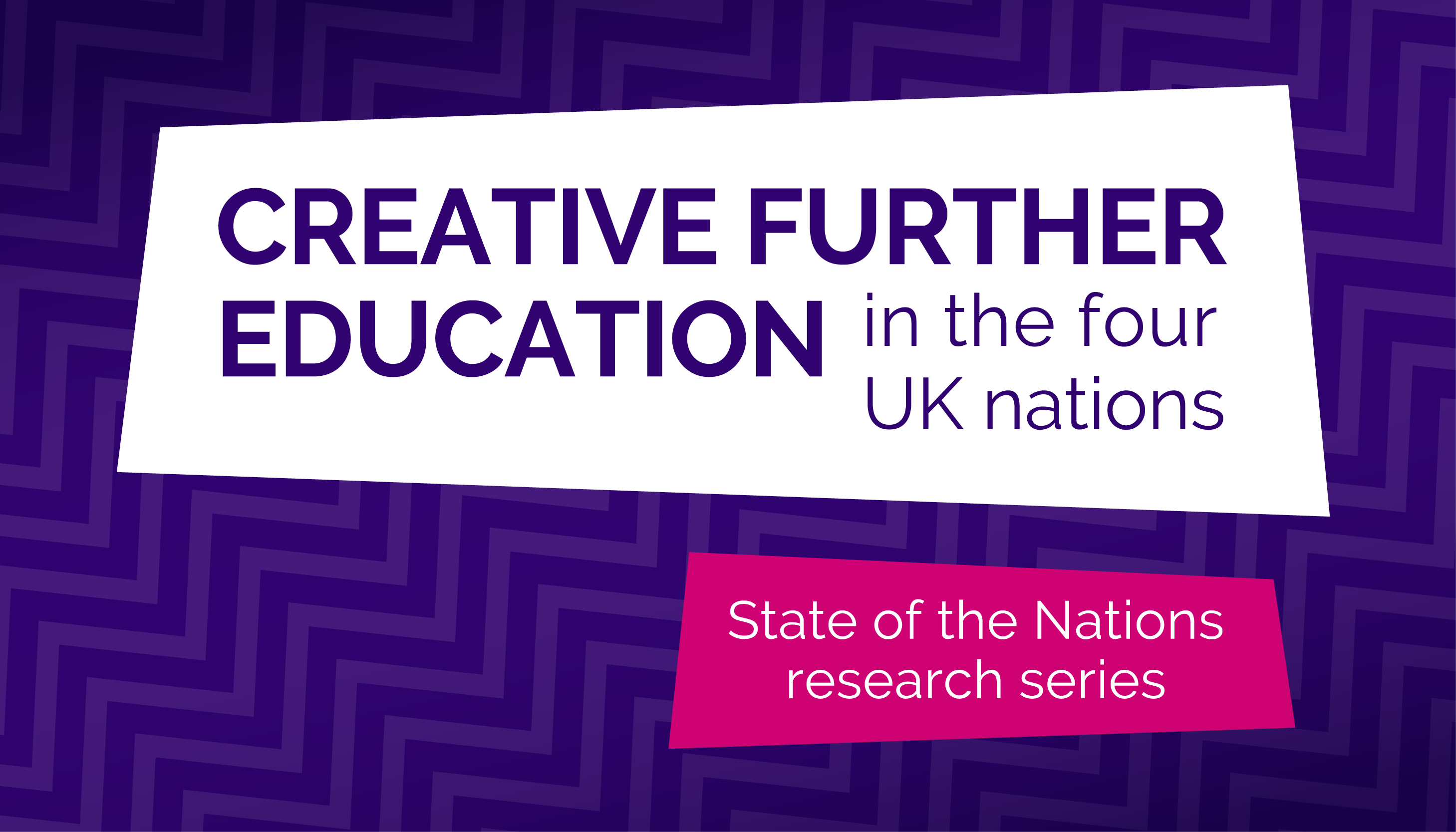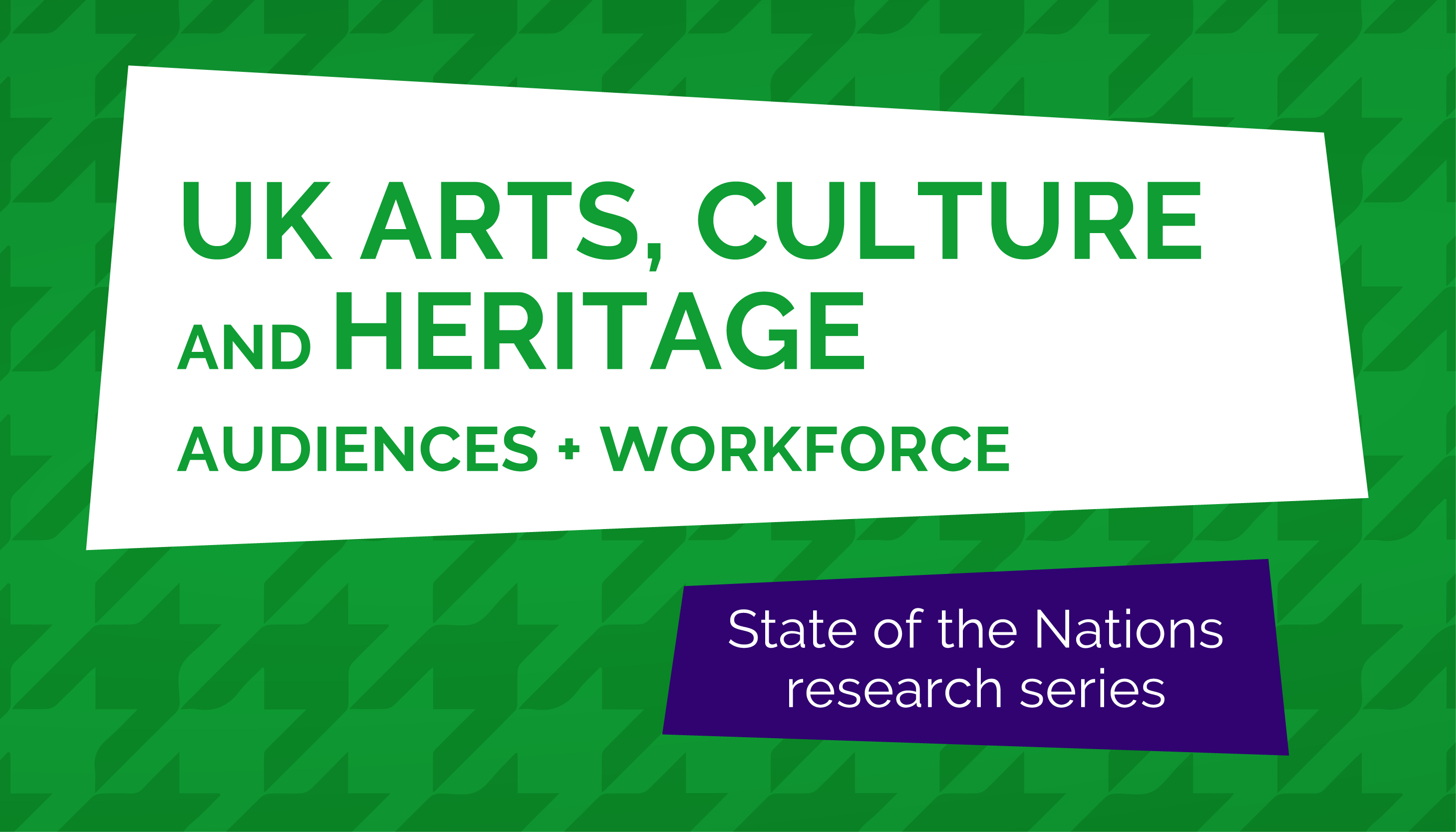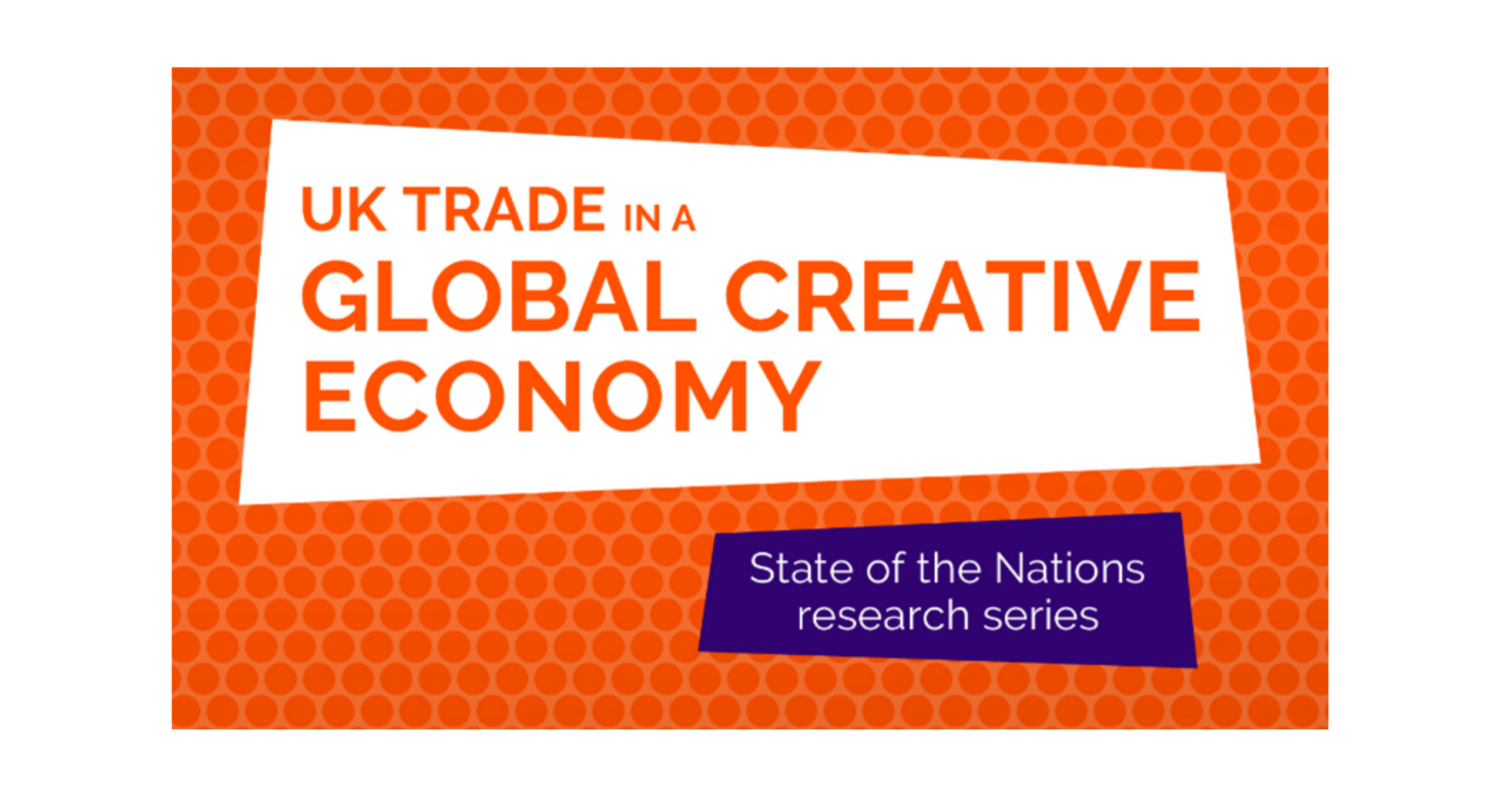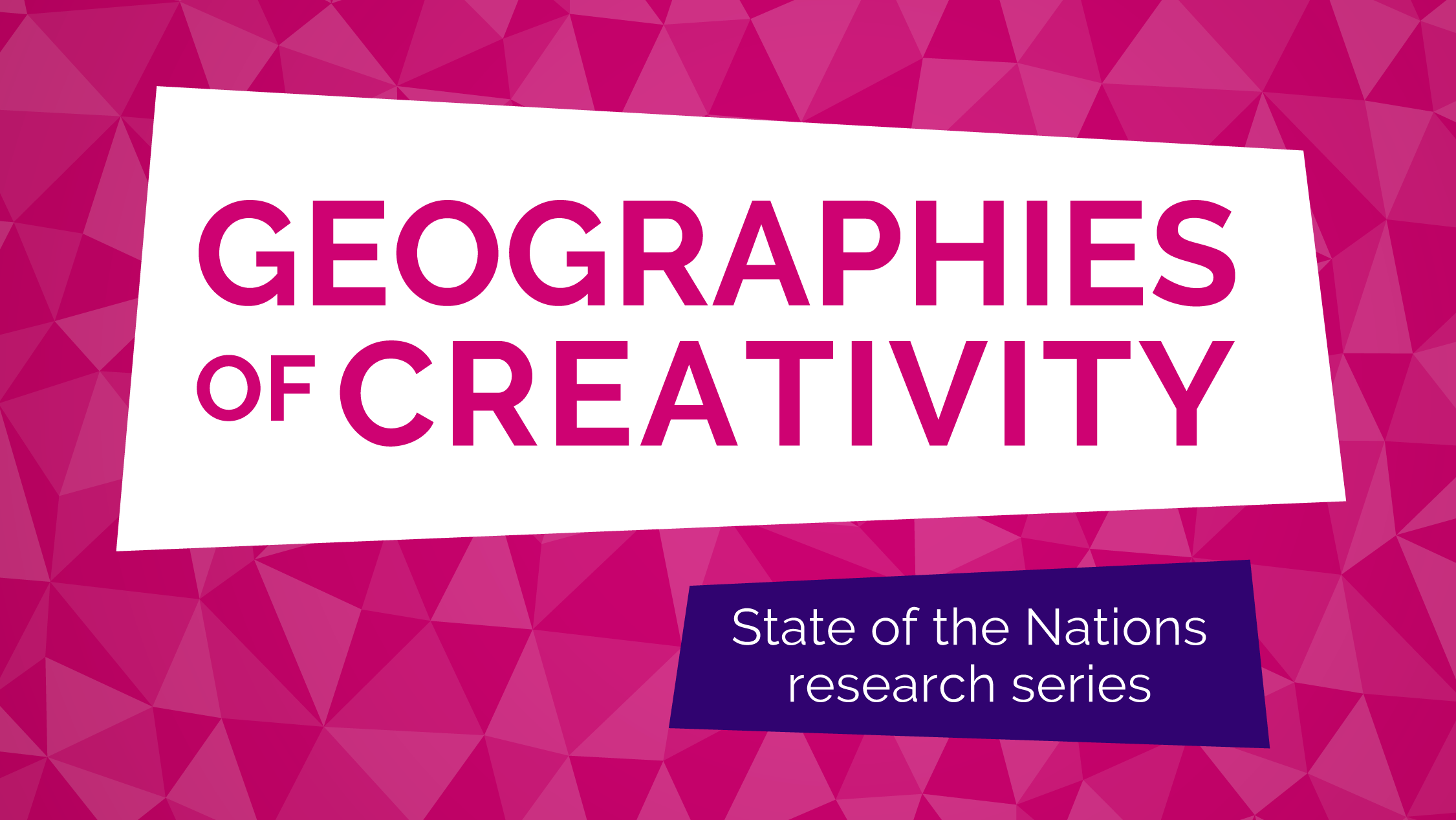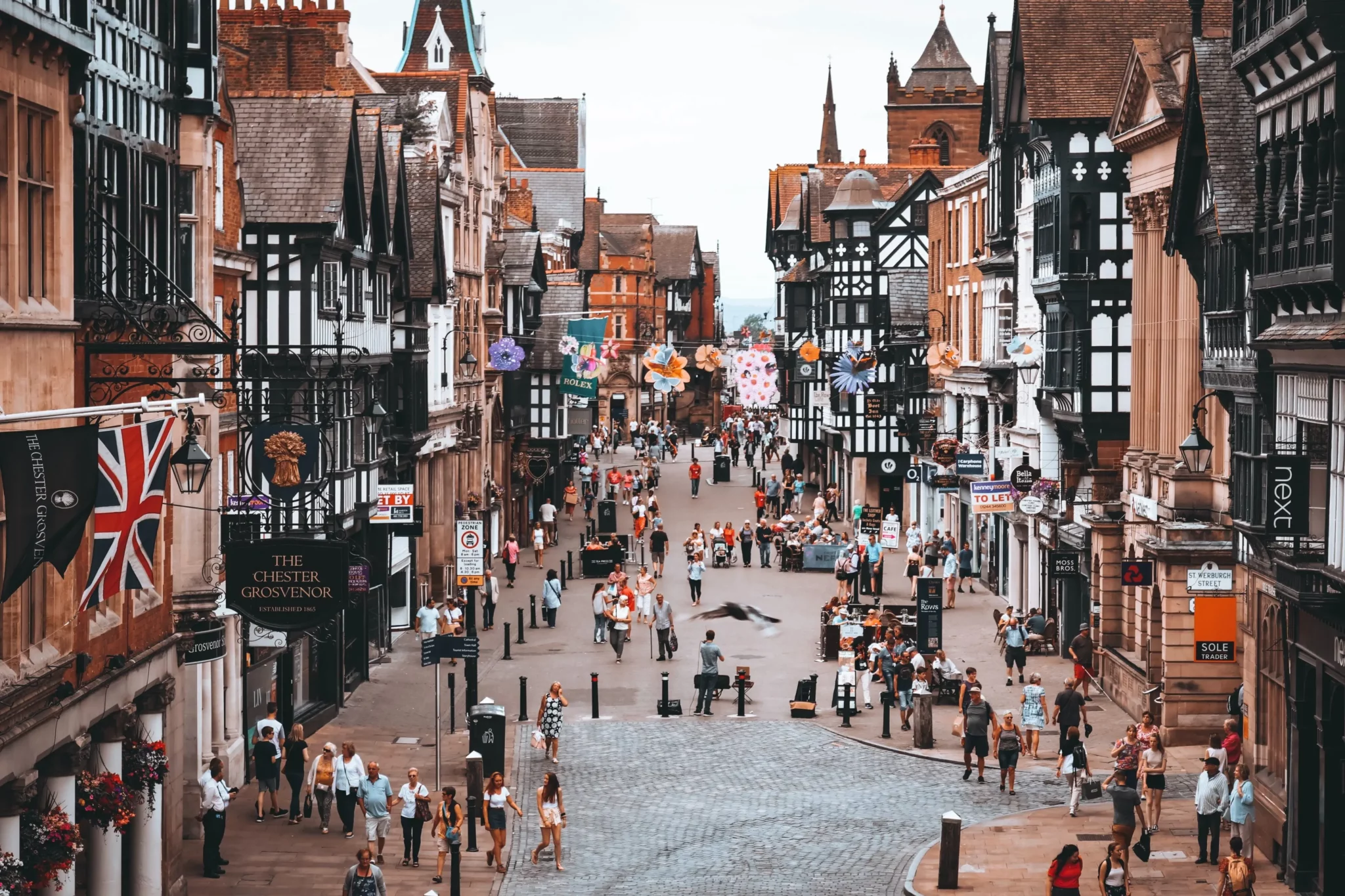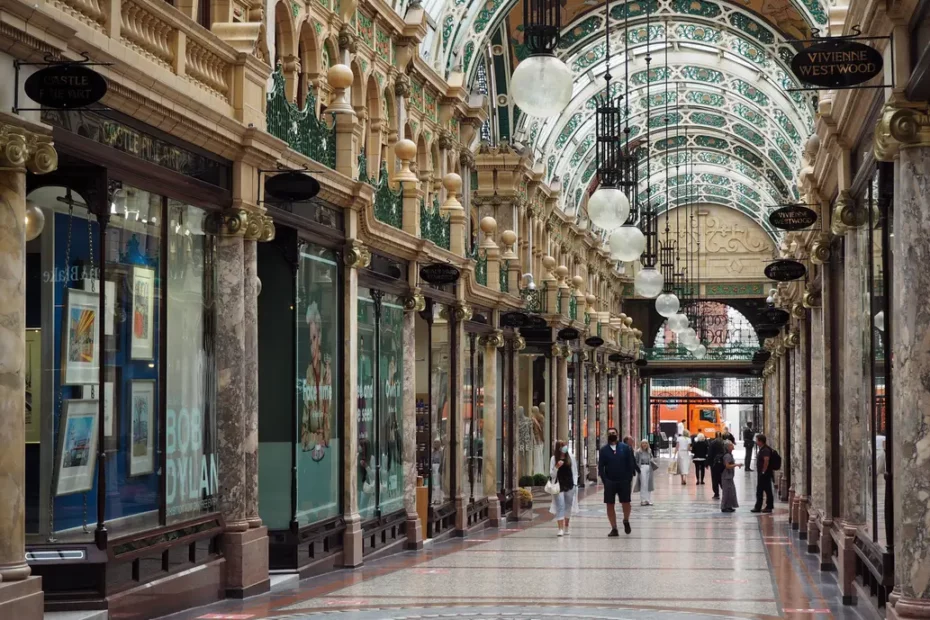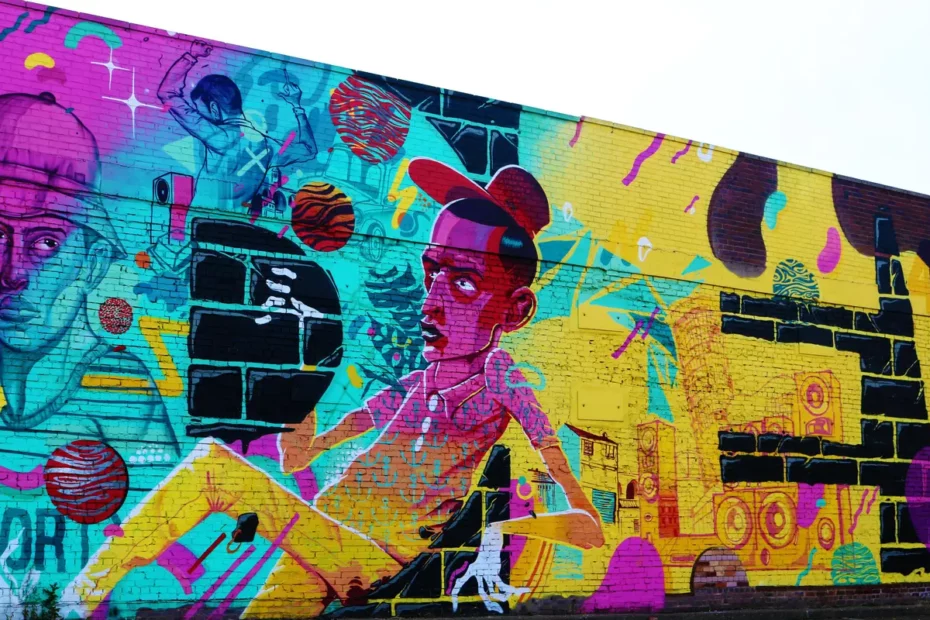National Statistics on the Creative Industries - Creative Industries Policy and Evidence Centre (original) (raw)
A page collecting statistics from PEC’s research and other sources about the Creative Industries
In 2001 the Creative Industries were defined by the Department for Digital, Culture, Media and Sport (DCMS) as those industries ‘which have their origin in individual creativity, skill and talent and which have a potential for wealth and job creation through the generation and exploitation of intellectual property’ (UK Government 2021).
Currently DCMS uses a measurement that builds on this original definition but is based on the ‘creative intensity’ of an industry. A subsector (like Publishing or Architecture) is normally deemed creative when more than thirty percent of its workforce are doing what we call ‘creative occupations’ (e.g. they might be designers, producers or games developers). To be part of the Creative Industries, sectors also have to meet other threshold criteria (DCMS 2016).
The resulting definition of the Creative Industries comprises the following nine subsectors:
- Advertising and marketing
- Architecture
- Crafts
- Design and designer fashion
- Film, TV, video, radio and photography
- IT, software and computer services
- Publishing
- Museums, Galleries and Libraries
- Music, performing and visual arts
The Creative Industries subsectors are defined by Standard Industrial Classification (SIC) codes and partially overlap with the DCMS definitions of the cultural sector, the digital sector and the tourism sector (UK Government 2021).
Not all creative occupations are in the Creative Industries. For example, a marketing professional (a creative occupation) might work in the financial services (not part of the Creative Industries). It is sometimes more useful, therefore, to talk about the ‘Creative Economy’ which comprises the whole Creative Industries workforce (creative and non creative occupations), as well as those working in creative occupations in other sectors.
It is important to note that the Scottish Government, while building on the UK wide approach to defining the Creative Industries, takes a slightly different approach – detailed here.
Headline Statistics about the Creative Industries
- Prior to Covid the Creative Industries contributed £116bn in GVA in 2019, growing twice as fast between 2011 and 2019 than the rate of the UK economy as a whole (DCMS 2021).
- In the year from July 2020 to June 2021 the Creative Industries accounted for 2.3 million jobs (DCMS 2022).
- Self-employment accounts for 32% of Creative Industry employment in the UK compared with 16% for the economy more broadly (DCMS 2021).
- In 2019 95% of creative companies were micro-businesses (fewer than 10 employees) which is 6 percentage points more than in the rest of the economy. (DCMS 2022).
- Around 300,000, or over one in eight UK businesses (11.8%) in 2019 are part of the Creative Industries (DCMS 2022).
- Of all creative businesses, 34% are located in London, 62% in London and the greater South East (London, South East and East of England), 13% in the North of England (North East, North West, and Yorkshire and the Humber), 10% in the Midlands (East and West Midlands), 2% in Wales, 5% in Scotland and 1% in Northern Ireland (ibid.).
Skills and Jobs
- 72% of the creative workforce are highly qualified, i.e. hold a degree/ higher level qualification (Level 4 or higher) or equivalent compared with 45% for the whole economy in 2019 (DCMS 2021).
- 83% of creative occupations are within ‘higher level occupations’, i.e. Managers, directors and senior officials; Professional occupations; and Associate professional and technical occupations, compared to 46% of the workforce across the UK (ibid.).
- In the average city, each creative job adds at least 1.96 non-tradable jobs over a twenty-year period (Do Creative Industries generate multiplier effects? Evidence from UK cities 1997-2018, 2021).
- Just over 29% of the creative workforce is freelance, compared to 15% across the UK (DCMS Sector Economic Estimates: Employment July 2020 – June 2021).
Education
- 93% of 16-18 year olds say studying a creative subject impacts positively on their mental health and wellbeing. (Enhancing creative education, 2022)
- Only 17% of the graduate population are creative graduates, but they represent 46% of graduates working in the Creative Industries (For love or money? Graduate motivations and the economic returns of creative higher education inside and outside the Creative Industries, 2020).
- Creative graduates earn, on average, approximately £2,300 more a year when working in the Creative Industries compared with creative graduates working outside the Creative Industries (ibid.).
- Non-creative graduates earn, on average, approximately £1,300 a year more when working in the Creative Industries compared with non-creative graduates working outside the Creative Industries (ibid.).
Geography
- London represented 31% of Creative Industries employment, 34% of businesses and 52% of economic output (GVA) (DCMS 2022, DCMS 2021a, DCMS 2021b) in 2019 despite being home to 13% of the British population (ONS 2021).
- London and the Greater South East (London, East and South East of England) represent 54% of Creative Industries employment, 62% of businesses and 74% of economic output (GVA) (DCMS 2022, DCMS 2021a, DCMS 2021b) in 2019 despite being home to 26% of the British population (ONS 2021).
- North of England (North East, North West, Yorkshire and the Humber) represents 15% of Creative Industries employment, 13% of businesses and 10% of economic output (GVA) (DCMS 2022, DCMS 2021a, DCMS 2021b) in 2019 despite being home to 23% of the British population (ONS 2021).
- 57% of UK createch companies are based in London (Createch activity in the UK 2021).
- 78% of AI and Data createch businesses based in the UK are located in London.
- 709 creative microclusters exist in the UK, with 247 found outside the 47 largest clusters found in previous research (Creative Radar: Mapping the UK’s Creative Industries).
R&D and Innovation
- Creative Research and Development (R&D) is crucial for innovation in the sector and makes up a larger proportion of the economy than might be expected, considering that R&D is typically associated with sectors like manufacturing or biotechnology. But both in the Creative Industries and other sectors, the UK under-invests in R&D compared to its peers, potentially restricting the development of improved products, services or processes and harming international competitiveness.
- For the whole economy (Creative Industries and other sectors), total investment in R&D from business, public sector and other sources was 1.7% of GDP in 2019 in the UK, compared to 2.5% in the OECD average (ONS 2021).
- Specifically, business investment in R&D, which is spurred by public investment, was 0.9% of UK GDP in all economic sectors, lower than the OECD average of 1.5% in 2019 (ONS 2021, The Royal Society 2021).
- Creative Industries R&D represented 11.5% of all business R&D in 2018, up from under 8% in 2009 (PEC 2022; ONS 2021). Even once IT, Software and Computer services (which make up a disproportionately large amount of the total creative R&D expenditure) are excluded from the totals, creative R&D still accounts for 4.3% of the whole economy’s Business Expenditure on Research and Development (BERD). (PEC 2022; ONS 2021).
International trade and exports
- 90% of the value of exports from the CIs is created domestically (12 facts about the UK’s international trade in creative goods and services).
- Creative Industries services exports increased by 150% between 2010 and 2017 (ibid.).
- Creative services exports were worth £37.9bn in 2019, of which £18.bn was to Europe and £13.1bn to the Americas (DCMS 2021).
- The UK exported creative goods worth £13.8bn in 2019 (DCMS 2022).
Class, diversity and socio-economic inequality
- 52% of the CIs workforces were from high socio-economic backgrounds, compared to 38% across all industries in 2020 (PEC 2021).
- 263,000 additional working-class people would need to be employed in the CI sector to make it as socio-economically diverse as the rest of the economy (PEC 2021).
- Class-based inequalities are inextricably linked with gender, racial, disability and spatial disparities, and earlier research by the PEC has shown how these factors interact to compound disadvantage.
- In London, the odds of working in the Creative Industries as white and privileged person are one in five – double the chance of those from ethnic minority, working-class backgrounds also living in the Capital (PEC 2021).
- Just five percent of those from working-class origins based outside of London and the South East work in a creative occupation, compared to 15% of those from privileged backgrounds living in these regions (PEC 2021).
- The intersection of class and skills has a particularly profound effect, where those who are degree educated and from a privileged background are 6.5 times more likely to secure a creative role than those from lower socio-economic backgrounds that are qualified only to GCSE-level or below (PEC 2021).
PEC research on diversity and inclusion has, to date, aimed to fill a knowledge gap on socioeconomic class. Resources providing details on other important aspects of representation and inclusion include those published by:
- Arts Council England
- Arts Council of Northern Ireland
- Arts Council of Wales
- BAFTA
- The British Film Institute
- Creative and Cultural Skills
- Creative Scotland
- Diamond (Creative Diversity Network)
- Freelancers Make Theatre Work
- Ofcom
- PiPA
- Raising Films
- Society of London Theatre (SOLT)
- UK Interactive Entertainment (Ukie)
- UK Music.
Thumbnail Photo by Isaac Smith on Unsplash
Related News and Press
Access to Finance: launch of new research project
New research is being undertaken by Creative UK in partnership with the Creative Industries Policy a…
/ Latest, News and Press, Project Partners, Research Fellows
Introducing the Creative PEC’s Research Fellows Network
By Professor Hasan Bakhshi, Director Creative PEC and Professor Giorgio Fazio, Director of Research …
/ Blog, News and Press, Research Fellows
We provide independent research and policy recommendations for the UK's creative industries.
View all posts

